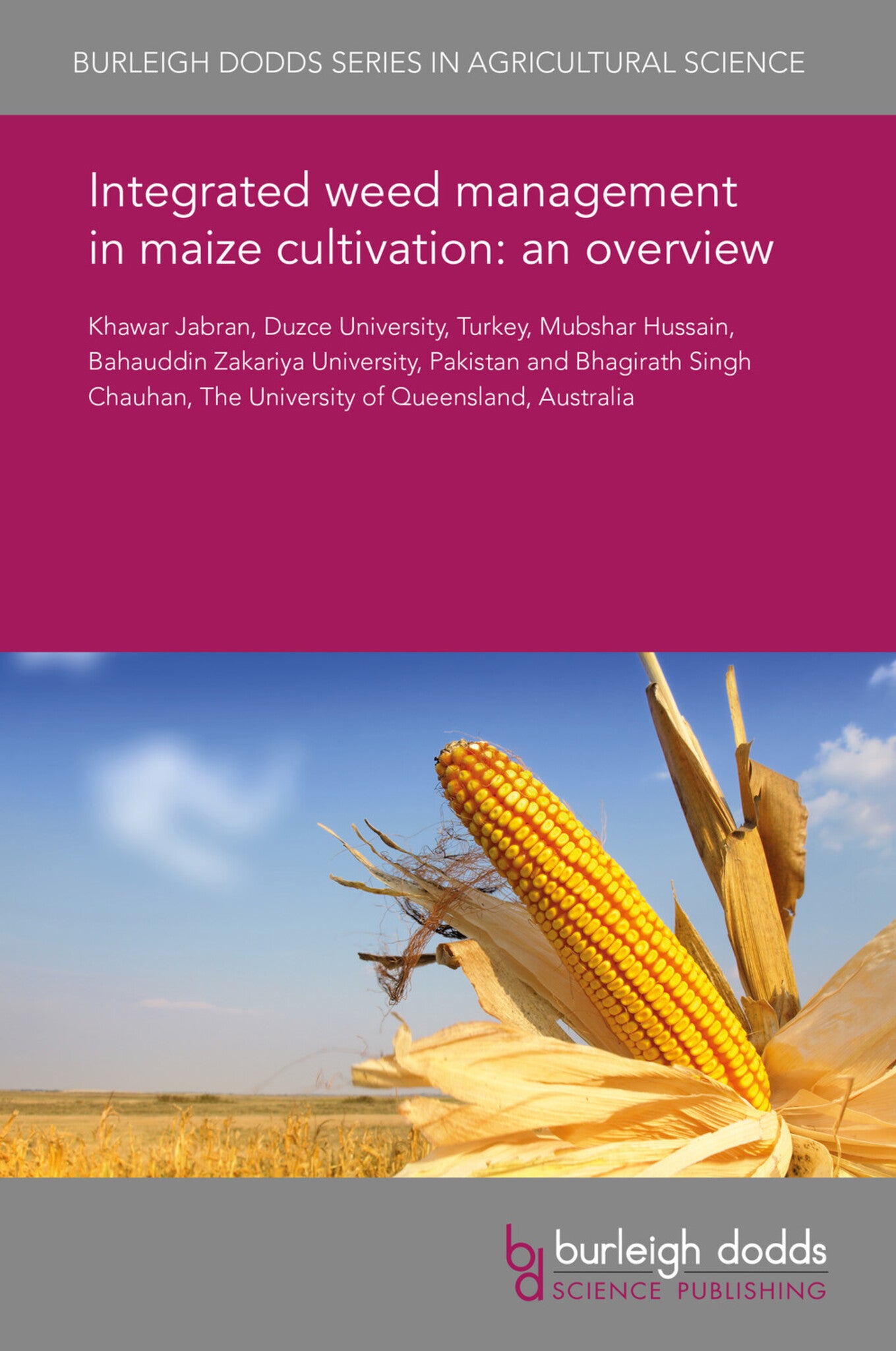We're sorry. An error has occurred
Please cancel or retry.
Integrated weed management in maize cultivation: an overview

Some error occured while loading the Quick View. Please close the Quick View and try reloading the page.
Couldn't load pickup availability
- Format:
-
24 February 2017


TECHNOLOGY & ENGINEERING / Agriculture / Sustainable Agriculture, Agronomy and crop production, TECHNOLOGY & ENGINEERING / Agriculture / Agronomy / Crop Science, TECHNOLOGY & ENGINEERING / Pest Control, Sustainable agriculture, Pest control / plant diseases

1 Introduction 2 Weeds and their impact on maize cultivation 3 The use of herbicides 4 Integrated weed management 5 IWM techniques: land preparation, cultivars, planting, cultivation and allelopathy 6 IWM techniques: Herbicide tolerant cultivars, rotations, allelopathy intercropping and cover crops 7 IWM techniques: mechanical control and fl ame weeding 8 Conclusions and future trends 9 Where to look for further information 10 References



